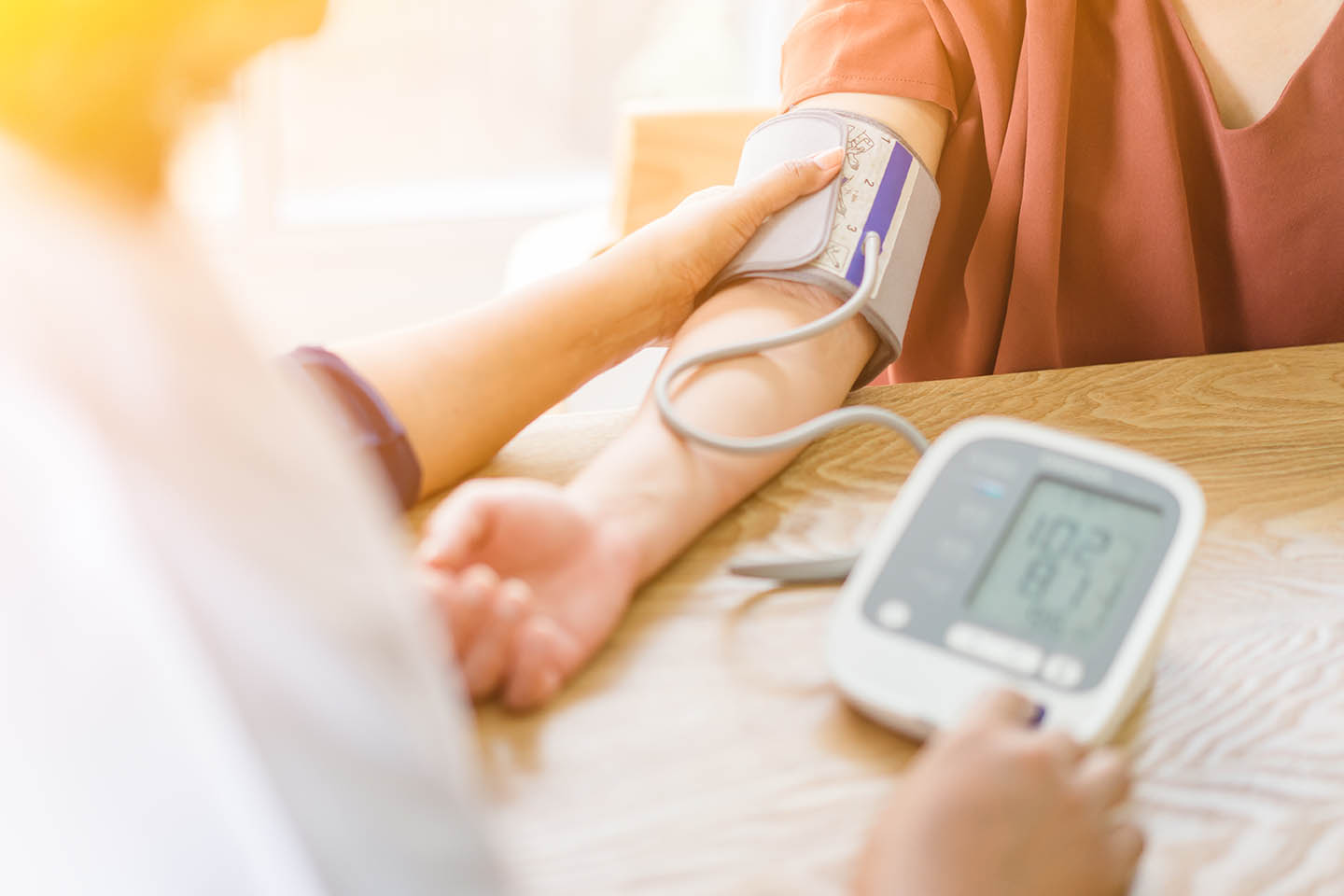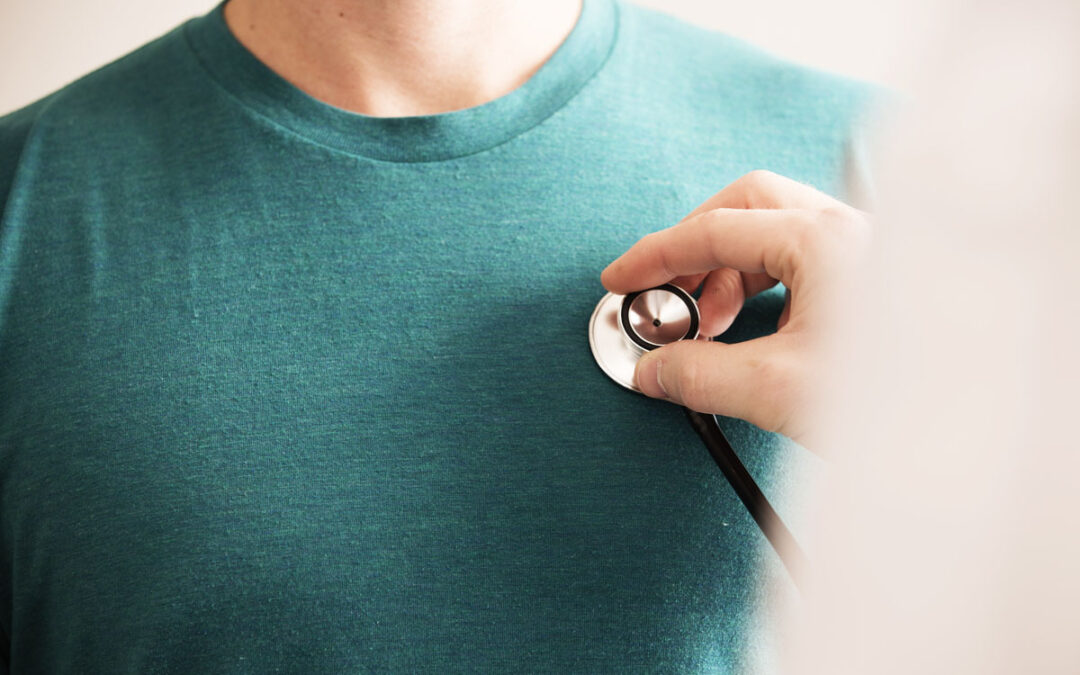High blood pressure, also known as hypertension, is a prevalent health concern that affects millions of people worldwide. It is a silent killer that, if left unchecked, can lead to severe health complications such as heart disease and stroke. One of the most effective ways to manage high blood pressure is through a strategic dietary approach for managing high blood pressure.
Understanding the role of diet in blood pressure management is crucial. The food we consume has a direct impact on our blood pressure levels. Certain foods can cause our blood pressure to spike, while others can help maintain it at a healthy level. Therefore, making informed dietary choices is a key aspect of managing high blood pressure.
Adhering to dietary guidelines is not just about restricting certain foods; it’s about embracing a healthier lifestyle. It involves incorporating a variety of nutrient-rich foods into your diet that can help lower blood pressure, such as fruits, vegetables, lean proteins, and whole grains. It’s also about understanding portion sizes and making mindful eating a habit.
However, navigating through the myriad of dietary advice can be overwhelming. This article aims to provide clear and concise guidelines for diet changes for someone with high blood pressure. By following these guidelines, individuals can effectively manage their blood pressure and significantly improve their overall health.
Fundamentals of the DASH Diet
Overview of the DASH Diet
The Dietary Approaches to Stop Hypertension (DASH) diet is a well-researched and highly recommended hypertension diet plan. Developed by the National Institutes of Health, the DASH diet is designed to lower high blood pressure and improve overall cardiovascular health. Its relevance to high blood pressure management is significant, as it focuses on the consumption of foods rich in nutrients that are known to lower blood pressure, such as potassium, calcium, and magnesium.
The DASH diet is not just a high BP diet; it’s a comprehensive approach to healthy eating. It encourages the consumption of fruits, vegetables, whole grains, lean proteins, and low-fat dairy products, while limiting foods high in saturated fats, cholesterol, and sodium. This blood pressure nutrition strategy is not only beneficial for individuals with hypertension but also for those looking to maintain a healthy heart diet.
Principles Behind the DASH Diet
The DASH diet operates on a few fundamental principles. The nutrient targets of this diet include limiting sodium intake to 2300 mg per day (or 1500 mg for those with high blood pressure), and consuming adequate amounts of potassium, calcium, and magnesium, which are known to aid in lowering blood pressure. The diet also emphasizes the importance of dietary fiber for maintaining a healthy digestive system and managing weight, both of which are crucial for hypertension management.
What the DASH diet eliminates is equally important. It advises against the consumption of foods high in saturated fats, trans fats, and cholesterol, such as fatty meats and full-fat dairy products. It also recommends limiting the intake of sweets and sugary beverages. These dietary restrictions are essential for diet control hypertension and promoting overall health.
The Expected Effects of the DASH Diet
The DASH diet has both short-term and long-term effects on blood pressure and overall health. In the short term, individuals following the DASH diet can expect to see a reduction in their blood pressure levels within a few weeks. This is primarily due to the diet’s emphasis on pressure reducing foods and its restriction on sodium intake.
In the long term, the DASH diet can have a profound impact on an individual’s health. Regular adherence to this nutritional therapy for hypertension can lead to sustained blood pressure control, weight loss, and a reduced risk of heart disease and stroke. Moreover, the DASH diet encourages a shift towards healthier eating habits, which can have far-reaching benefits beyond blood pressure management.
Overall, the DASH diet is a comprehensive dietary hypertension control strategy that promotes a balanced and nutritious diet. It is a testament to the power of nutrition for hypertension management and the role of diet in promoting overall health.
Dietary Sodium and High Blood Pressure
The Consequences of High Sodium Intake
Excessive sodium intake is a significant risk factor for high blood pressure. Sodium, primarily consumed as salt, plays a crucial role in fluid balance in the body. However, when consumed in excess, it can lead to fluid retention, which increases the volume of blood and, consequently, blood pressure. This relationship between high sodium intake and high blood pressure is well-documented, making sodium restriction a key aspect of any hypertension diet plan.
High sodium intake doesn’t just raise blood pressure; it can also lead to other health complications. These include heart disease, stroke, kidney disease, and heart failure. Moreover, individuals with certain risk factors, such as age, race, and existing health conditions, may be more sensitive to the blood pressure-raising effects of sodium. Therefore, managing sodium intake is a critical part of dietary hypertension control.
Recommendations for Optimal Sodium Intake
Current guidelines recommend limiting sodium intake to less than 2300 mg per day, with an ideal limit of 1500 mg for adults with high blood pressure. These guidelines are central to the DASH diet plan and other blood pressure nutrition strategies. However, achieving these targets requires more than just putting away the salt shaker. It involves making conscious food choices and understanding where hidden sodium can be found.
Processed and restaurant foods are the primary sources of sodium in the American diet. Therefore, practical methods for reducing sodium intake include eating fresh, whole foods, reading food labels, choosing low-sodium products, and cooking at home more often. These steps can significantly contribute to lowering blood pressure and promoting a healthy heart diet.
Results of Reduced Sodium Consumption
Reducing sodium consumption can have immediate benefits on blood pressure. Studies have shown that a modest reduction in sodium intake can lead to significant decreases in blood pressure in just a few weeks. This makes sodium restriction an effective nutritional therapy for hypertension.
In the long term, maintaining a low-sodium diet can lead to sustained blood pressure control and a reduced risk of cardiovascular disease. Moreover, it can promote healthier eating habits, as it encourages the consumption of fresh, nutrient-rich foods over processed ones. This shift towards healthy eating hypertension management can have far-reaching benefits on overall health and well-being.
In conclusion, managing sodium intake is a critical aspect of any high BP diet. By understanding the consequences of high sodium intake and implementing practical methods for sodium reduction, individuals can effectively manage their blood pressure and improve their overall health.
Lifestyle Adjustments Alongside Diet Changes
Importance of Consistent Exercise
While a hypertension diet plan plays a crucial role in managing high blood pressure, it is most effective when combined with regular physical activity. Exercise helps lower blood pressure by making your heart stronger. A stronger heart can pump more blood with less effort, reducing the force on your arteries and lowering your blood pressure.
The American Heart Association recommends at least 150 minutes of moderate-intensity aerobic exercise or 75 minutes of vigorous-intensity activity per week. This can include activities like brisk walking, jogging, swimming, or cycling. Strength training exercises, such as weight lifting, are also beneficial for overall health and should be included in your routine at least two days per week.
However, it’s important to remember that any physical activity is better than none. Even simple activities like gardening or taking the stairs instead of the elevator can contribute to lowering blood pressure and promoting a healthy heart diet.
Managing Stress and Mental Health
Stress can have a significant impact on blood pressure. While the relationship between chronic stress and high blood pressure is not fully understood, it’s known that stress can lead to unhealthy behaviors that increase blood pressure, such as poor diet, physical inactivity, and use of tobacco or alcohol.
Therefore, managing stress is an essential part of a comprehensive hypertension dietary strategy. This can involve various techniques, such as deep breathing, meditation, yoga, and other relaxation exercises. Regular physical activity and maintaining a healthy diet are also effective stress management strategies.
Moreover, seeking professional help can be beneficial for individuals dealing with chronic stress or mental health issues. Therapists and counselors can provide valuable tools and techniques for managing stress and improving mental health, which can contribute to overall blood pressure control.
The Effect of Alcohol and Tobacco
Alcohol and tobacco can have harmful effects on blood pressure. Heavy and regular use of alcohol can dramatically increase blood pressure and also damage the heart. While moderate drinking—up to one drink a day for women and up to two drinks a day for men—can potentially have some heart benefits, these benefits need to be weighed against the potential risks.
Tobacco use, on the other hand, can cause an immediate, temporary increase in blood pressure and can damage the walls of your blood vessels, causing inflammation and narrowing of the arteries, which can lead to high blood pressure. Therefore, avoiding tobacco and limiting alcohol consumption are important aspects of dietary hypertension control.
In conclusion, managing high blood pressure involves more than just diet changes. It requires a comprehensive approach that includes regular physical activity, stress management, and avoidance of harmful substances. By making these lifestyle adjustments, individuals can effectively manage their blood pressure and significantly improve their overall health.
Embracing a Holistic Approach for Managing High Blood Pressure
Managing high blood pressure effectively requires a holistic approach that goes beyond medication. It involves a comprehensive lifestyle overhaul, including a well-balanced hypertension diet plan, regular physical activity, stress management, and avoidance of harmful substances like tobacco and excessive alcohol. This approach not only helps in lowering blood pressure but also contributes to overall health and well-being.
The DASH diet plan, with its emphasis on nutrient-rich foods and low sodium intake, provides a practical and effective nutritional therapy for hypertension. Coupled with regular exercise, it can significantly reduce blood pressure levels and improve cardiovascular health. Moreover, managing stress and mental health is equally important, as chronic stress can lead to unhealthy behaviors that increase blood pressure.
However, the success of this holistic approach hinges on commitment and consistency. Lifestyle modifications are not always easy to make, and it can be challenging to stick to them in the long run. But the benefits they offer are well worth the effort. Reduced blood pressure, improved heart health, better mental health, and overall well-being are just some of the rewards of this commitment.
Ultimately, managing high blood pressure is not just about living with a condition; it’s about leading a healthier, more fulfilling life. By embracing a holistic approach and making the necessary lifestyle modifications, individuals with high blood pressure can take control of their health and enjoy a better quality of life.





